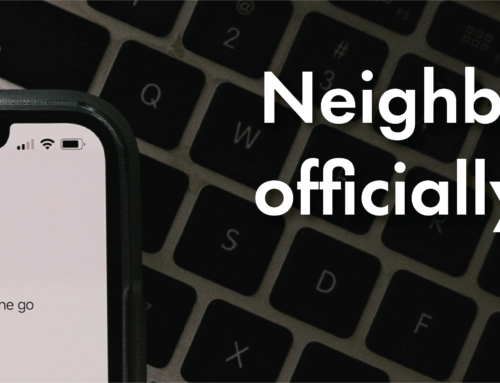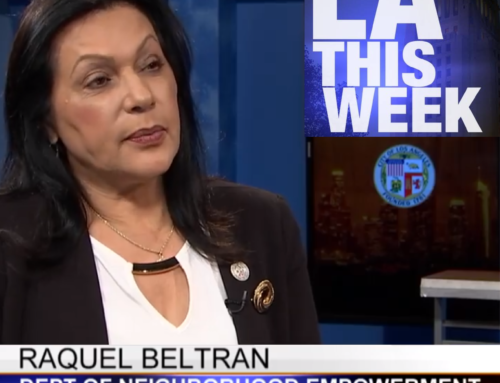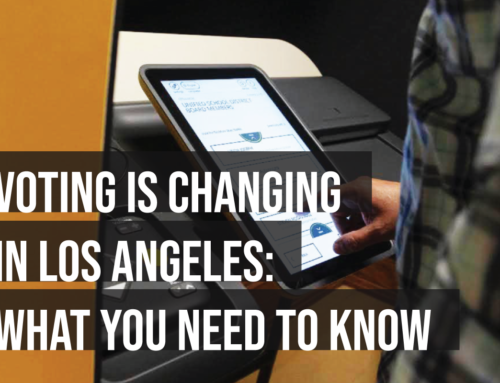Are you reluctant to invest time and energy in social media like Facebook and Twitter because you don’t feel like these platforms are as effective in reaching your stakeholders as “good old-fashioned” mailers and door-to-door canvassing? Do you worry that you wouldn’t reach your target demographic through social media tools?
Sites like Facebook, Twitter, and YouTube are no longer just for youth to engage with each other. Practically all age and interest groups are using them, and businesses and organizations of all sorts have taken to social media to get their message out and increase the impact of their marketing campaigns. For example, you might be surprised to learn that the fastest-growing demographic on Twitter is the 55-64 year age bracket. This demographic has grown 79% since 2012 and continues to rise. This means that those stakeholders you’ve written off as not active on the Internet may actually be a prime online demographic that you’re failing to target.
Different sites can serve different purposes. While sites such as Facebook may seem more informal than something more “professional” like LinkedIn, their interactivity and high number of active users may still be more useful for engaging your stakeholders. If you’re hoping to get people involved, think about which platforms are best for that. Looking at the latest Twitter statistics and Facebook statistics, these platforms might be a better place for a contest or survey, while passive content like blog posts or news might be just right for your LinkedIn audience.
Social media users are also more engaged in community life. According to a Pew research study, social media can have positive impacts on people’s overall social lives in the “real world.” This means social media users are more likely to engage in community events, attend meetings, and share important information with their networks.
- Social networking sites are increasingly used to keep up with close social ties
- The average user of a social networking site has more close ties and is half as likely to be socially isolated as the average American
- Facebook users are more trusting than others
- Facebook users have more close relationships
- Internet users get more support from their social ties and Facebook users get the most support
- Facebook users are much more politically engaged than most people
- Facebook revives “dormant” relationships
189 million of Facebook’s users are ‘mobile only.’ This means that, since they’re accessing your Facebook page and following links you post from their mobile phones or devices, it’s increasingly important to make sure that your website is mobile-friendly and easy to navigate on a phone or other device. Many web design companies now offer options for easily translating your site to a mobile-friendly design. This can be a key factor in whether your stakeholders spend time on your site, are able to view important information about news and events, and can engage with you from wherever they are.
YouTube reaches more U.S. adults aged 18–34 than any cable network. Consider adding video to your online toolkit. Videotape community events and share clips via social media. Take advantage of video-sharing sites to get your message out and engage people virtually in the activities and events that your neighborhood council puts on. Show, don’t just tell, people how fun and exciting your community is!
Question posts receive more comments. This may be a no-brainer — ask your users a question and they’re more likely to engage with the post and respond with their thoughts. Key words like “should,” “would,” and “which” show the highest proportion of comments. In other words, ask questions, but don’t make them too vague. A question like “How can we improve our neighborhood?” may seem too vague and daunting for stakeholders to respond to, especially in a Facebook post (and, as we learned, quite possibly from their mobile phone!). Asking “Should we have a canned food drive during the 4th of July picnic at the park this year?” will elicit more responses and quite likely stimulate discussion.
Sharing is caring. Remember to connect your blog posts to your social media, and make sure that readers have quick and easy access to Share buttons so they can repost things they find interesting and share information with their networks. This is a great way to keep stakeholders engaged and reach potential new followers. Add your social network links to your website, email signatures, newsletters, and any other media, so that anytime people engage with you online, they can easily “like” or follow you for updates.
Social media is a powerful asset in your outreach toolkit. Combined with mailers, phone calls, community events, and local media coverage, online engagement can amplify your voice in the community, increase the quantity and quality of feedback you receive from your stakeholders, and ultimately empower you to better serve your neighborhood.







